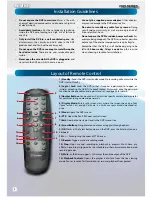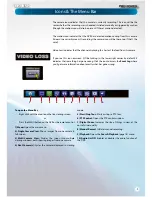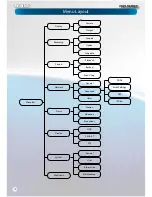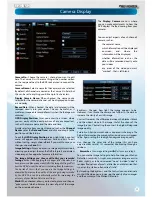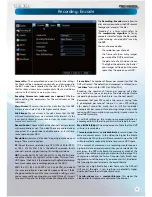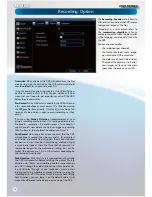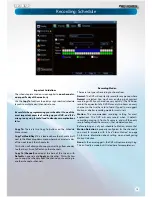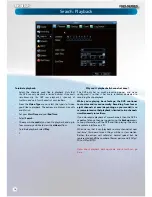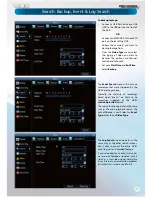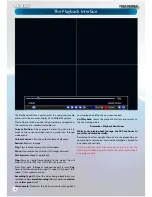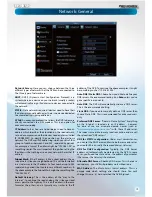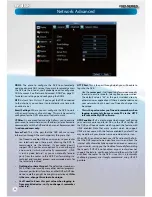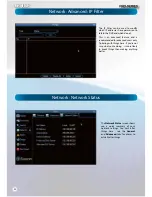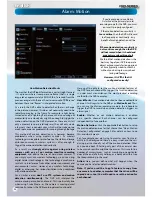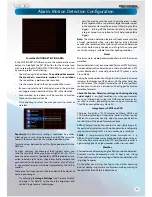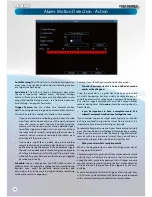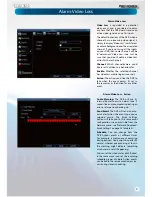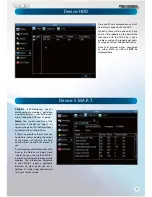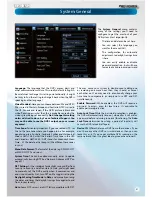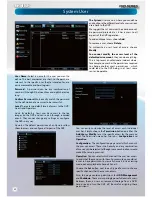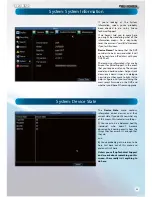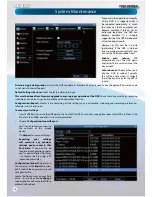
English
21
How do I deal with a dynamic IP address?
One option is to contact your ISP and request a static IP
address. They’ll usually charge a small fee for doing this. It’s
worth noting that not all ISPs o
ff
er static IP addresses.
If your ISP does not o
ff
er static IP addresses then you can use
a dynamic referencing service. We provide one free of charge.
We recommend using SWANNDVR as your DNS service.
This is a free service for Swann DVR owners, which we
directly support.
To create an account with SWANNDVR, go to:
http://mydvr.swanndvr.com/
and click the
Registration
button.
Follow the prompts to create your account.
Server:
Choose the server that you’re using. The options are
DYNDNS and our own DDNS server, SWANNDVR.
Device Domain Name:
Enter the host name that you set up in
your DDNS service. This is the address you use to access your
network. For example:
yourhostname.swanndvr.net
Username and Password:
Here, enter the username and
password you setup with your DDNS server. These do not
have to match your username/password combination in
either your DVR or router (for the sake of security, we suggest
making them di
ff
erent).
For SwannDVR users:
Your username is the
email address
you
used to register the account. The password is whatever you
selected when you registered.
Static and Dynamic IP Addresses
In much the same way as your home
network can use static or dynamic IP
addresses, many Internet providers
don’t issue (or charge more for) a
static IP address for users. The easiest
way to
fi
nd out is to contact your
Internet service provider. Alternately,
you can access the
www.whatismyip.
com
service, make a note of your IP,
then reboot your router/gateway.
This should refresh your Internet
connection. If your IP address stays
the same, you’ve probably got a static
IP address. If it changes, you have a
dynamic IP address.
Particularly important if you’ve enabled
NTP - set this to the time zone where
you happen to be. For example, people
in eastern Australia (Canberra, Sydney
and Melbourne) choose GMT+10:00,
whilst the Eastern Time zone in the
USA and Canada is GMT-05:00. (GMT
stands for Greenwich Mean Time - it’s
the baseline that keeps all the di
ff
erent
time zones in sync.)
NOTE:
Some NTP servers are NOT fully
compatible with DST. This may cause
your system to double-count adding
one or removing one more hour than
they should, or cancel each other out.
You may need to intentionally change
your time zone to compensate, or simply
not use NTP and DST simultaneously.
Network: Advanced: DDNS
Network: Advanced: NTP
Summary of Contents for PRO-series
Page 1: ...English 1 4 8 Channel D1 Realtime H 264 DVR M4 8 3000 4000 230412E English ...
Page 5: ...English 5 ...
Page 44: ...English 44 ...
Page 45: ...English 45 ...


